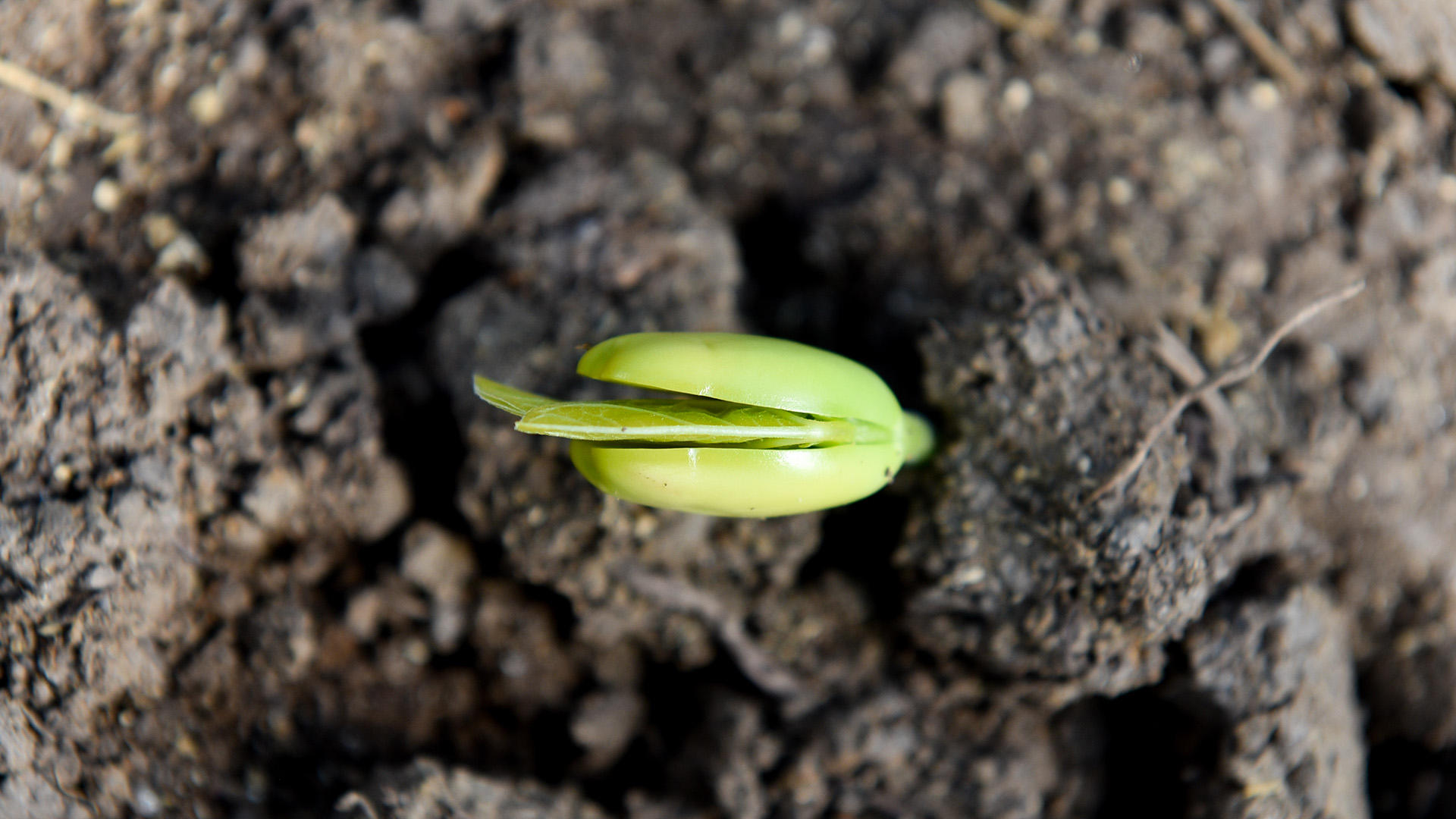Tropical Forages History of Research

The Alliance has been conducting research on tropical forages since 1967 and has reached several milestones, constantly innovating to develop viable research-based solutions to the challenges faced by farmers globally. Below we look at the timeline of the research on tropical forages at the Alliance.
In 1967, along with the foundation of the International Center for Tropical Agriculture, the designated team for forage research at the Alliance led by Loy Crowder, proposed the ‘Pasture-Livestock Research and Training Program.'
In 1977, the germplasm collection had around 3,000 accessions of forages. In 1979, it changed its name to the Tropical Pastures program, while other livestock research in animal health was phased out.
In 1988, breeding work focused on interspecific Urochloa (syn Brachiaria) grasses, that is U. brizantha × U. decumbens × U. ruziziensis.
In 1991, the program's work emphasized the characterization, evaluation, and selection of suitable grass and legume species and cultivars for the acid soils of the savannas. In addition to the work in Latin America, the program started research efforts in Southeast Asia.
In 1992, the program changed its name to the Tropical Forages Program.
Since the late 1990's/ early 2000's the program maintains a highly efficient relation with the private sector for research and dissemination of tropical. The recent contract with Papalotla was signed in 2018 for a duration of 20 years. Currently more than 1.2 million hectares are planted to hybrids emerging from the Alliances breeding program.
The information generated by the Tropical Forages Program became the basis of the database and software Tropical Forages: an interactive selection tool released in 2005.
Capitalizing on work emphasized since 2007, in 2011, CIAT's eco-efficiency strategy provided an opportunity for the forages program to strengthen the link between tropical forages and global environmental services, focusing on the reduction of greenhouse emissions through for example, 193 TAC of the CGIAR. 1985. op. cit. 194 Ibid. biological nitrification inhibition, and reduction of methane emissions
The breeding programs have been expanded to include intraspecific U. humidicola and Megathyrsus maximus
Although the CIAT program maintained attention to productivity and plot level sustainability issues, it increasingly turned its attention to landscape issues such as restoration of degraded lands and global environmental issues of reduced greenhouse cases, reversing resource degradation and conservation of biodiversity. These were encapsulated in its LivestockPlus approach launched in 2015.
Most recently tropical forages were demonstrated to be key in achieving carbon negative livestock production. Thus becoming a critical factor regenerative agriculture, agroecology and nature positive systems, capitalizing on the critical functions of forages in circular systems and challenging the widespread communication that livestock production is per definition damaging to the environment. Increasing emphasis is put on wider scaling of forages and addressing equity.

